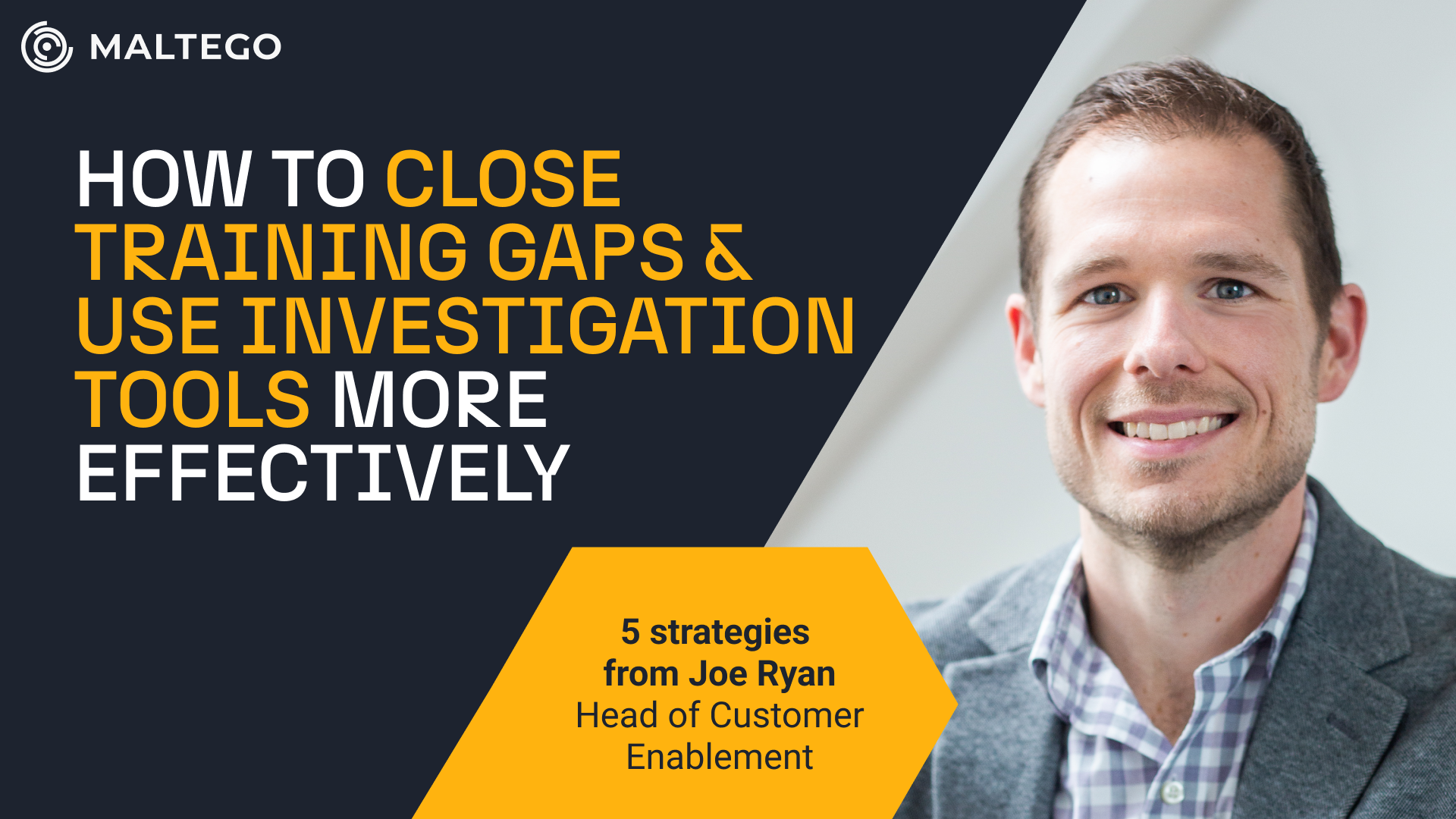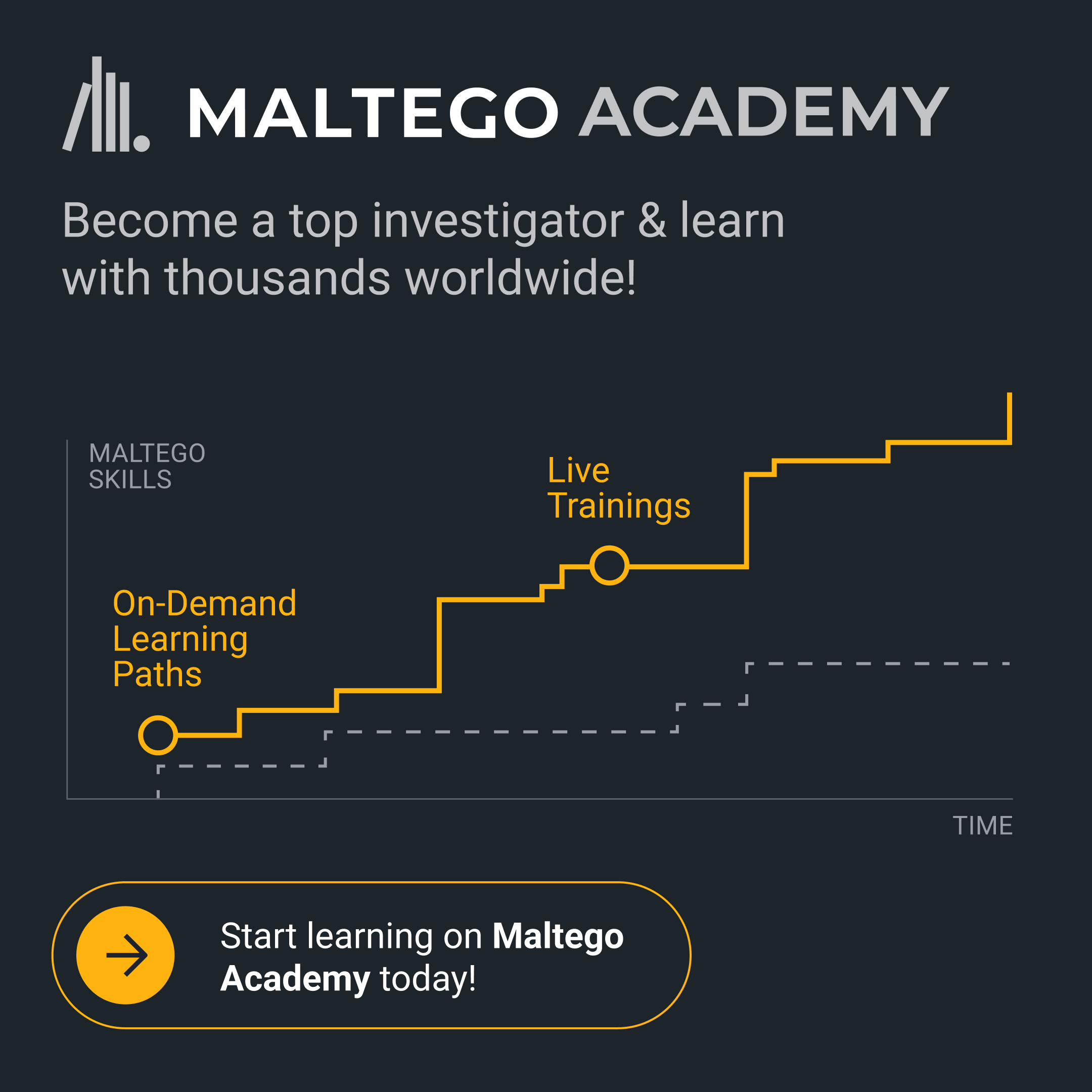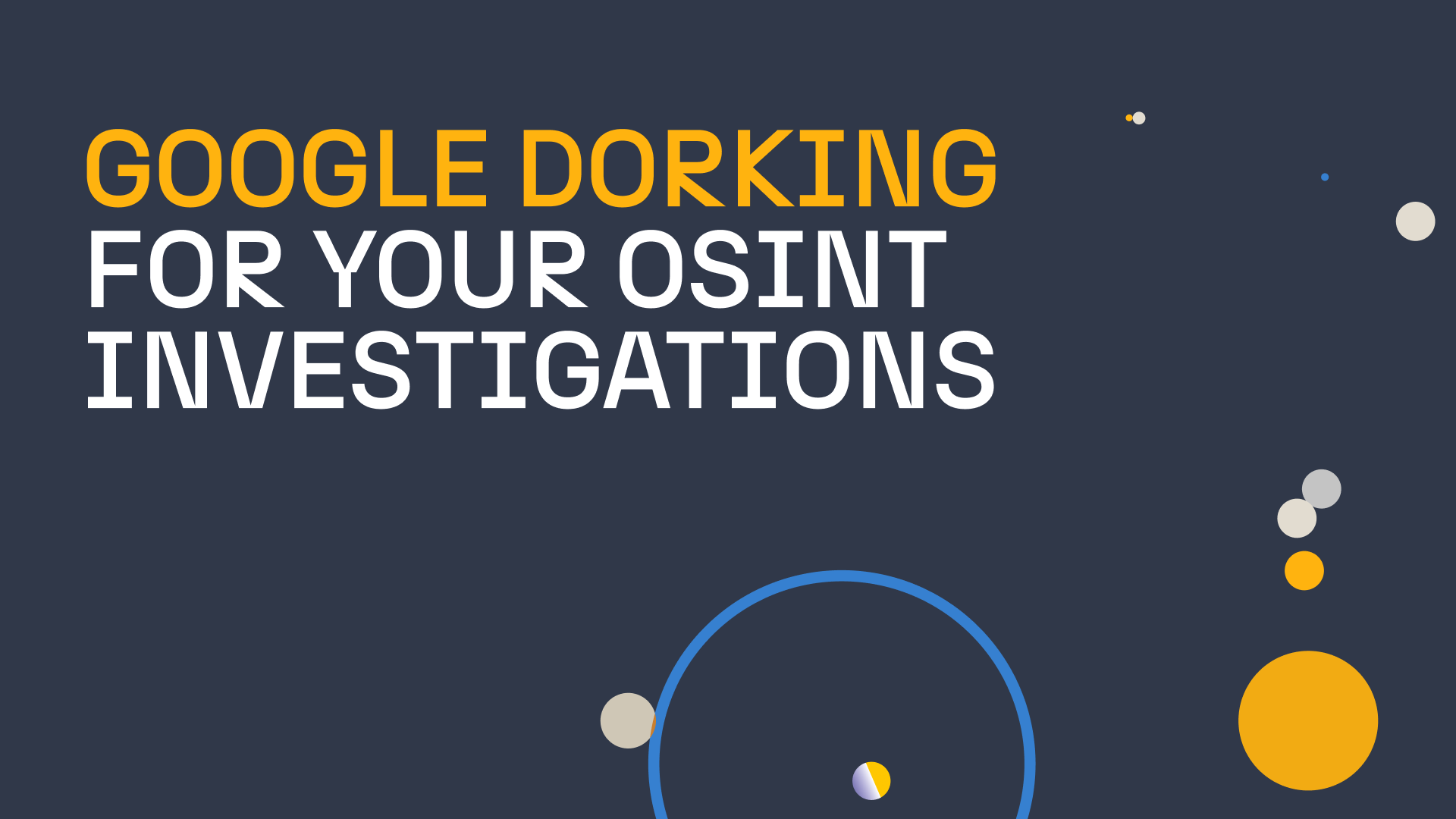Whether in cybersecurity, law enforcement, or the private sector, investigative teams face mounting pressure to deliver results. But often, these teams are up against limited staff, tight budgets, and very little time for structured training.
When analysts are handed new tools without the right preparation or support, those tools rarely get used to their full potential. At worst, they get abandoned completely, putting a dent in the initial investment, even if the tool was a perfect fit.
The key isn’t just better technology. It’s the right mix of training and tools that work for real people under real constraints.
This article explores five practical strategies teams can apply to maximize tool adoption and close training gaps, even in resource-constrained environments.
Strategy 1: Get Analysts Involved Early 🔗︎
Too often, leaders make tooling decisions without involving the people who will actually use those tools. If analysts or investigators aren’t consulted, or even made aware of a new tool, it’s unlikely to gain traction, especially if they’re already used to their current workflows. When that happens, adoption suffers, and the value of the investment is lost.
Analysts need to understand why a new tool matters and how it fits into their day-to-day work. The best way to make that happen? Involve them early. Ask what’s working, what’s not, and what they actually need.
Another simple but effective tactic is to appoint internal “champions.” These are team members who want to go deeper with a new tool and can serve as peer coaches to others. This builds buy-in and keeps learning going without reliance on vendor support.
Strategy 2: Training Isn’t Optional 🔗︎
When an organization invests in a solution, it does so with the belief that it will improve performance. But if end users don’t feel confident using the tool, it often goes underused, or ignored entirely, leaving potential performance gains unrealized.
New technology alone doesn’t solve problems—trained people do. Without proper training, teams default to old methods or only scratch the surface of what’s possible.
Let’s take Maltego as an example. Some parts of the platform, like Maltego Search, are extremely intuitive, simple, fast, and requiring little to no training. But advanced tools, such as Maltego Graph or Maltego Evidence, are more complex. While these tools allow investigators to conduct more in-depth analyses, they can be easily overlooked if an end user feels intimidated by them. That leaves potential performance gains on the table, which isn’t good for the organization.
This isn’t just a missed opportunity. It can lead to incomplete investigations, missed clues, or slower response times. Training is what bridges the gap between technology and outcomes.
I talk more about finding the right balance between training and tools in this conversation on the CyberWire Daily podcast:
Strategy 3: Find a Solution That Every Users Can Adopt 🔗︎
Many investigative tools are designed for expert users, but not every analyst is a technical specialist. Teams often include new hires, lateral transfers, or professionals with non-technical backgrounds.
If the tools you’re considering for your organization require niche skills like Python scripting just to run basic queries – and those skills aren’t common on your team – you’re creating unnecessary barriers.
Instead, solutions should be designed to help users move from question to answer quickly, regardless of their experience level. That could mean automating complex steps behind the scenes, offering clear templates, or making interfaces more visual and less code-heavy.
The bottom line? Technology should make investigations easier, not harder. Build for real-world users, not just power users.
Strategy 4: Train in Layers, Not All at Once 🔗︎
It’s tempting to try to train everything at once when you’ve just invested in a new tool. After all, you’ve spent considerable time researching the solution and set aside a budget for it. But this approach can backfire. It’s often overwhelming, especially for non-technical users. Instead, I encourage adopting a “scaffolding” approach to training.
Let your analysts start with the basics. Help them grasp simple concepts and practice core actions. Then, gradually introduce more complexity as their confidence grows.
For example, if you have a champion on your team who onboards new hires to Maltego, don’t jump straight into running full investigation workflows. Start by helping new users understand the building blocks: how to identify Entities, how to run simple Transforms, or how to share the case.
This method makes learning stick. It also enables users to understand the why behind each step, so they don’t just follow instructions, but build real skills and eventually explore the tool independently to run meaningful investigations.
We also encourage organizations and users to seek out the information they need directly from the vendor. Ask for resources, provide feedback, and take advantage of expert-led sessions whenever available.
In the context of Maltego, we support our users with personalized training, and we also provide Maltego Academy –our learning platform that offers both on-demand and live sessions focused on mastering the Maltego platform and applying best practices in digital investigations.
Strategy 5: Tame the Data Flood 🔗︎
Information overload is real! We live in the information age. There’s more data than you could ever possibly need, and most of it is irrelevant to a specific investigation. That’s why knowing what to exclude is just as crucial as identifying what to include.
On top of that, the number of data providers and sources makes it even more challenging to collect and analyze the data needed to draw meaningful insights. The real skill lies in filtering out the noise and zeroing in on what matters.
The right investigative platform should help with this. Instead of bouncing between dozens of tabs or tools, analysts need a single space to bring all their data sources together. That’s one reason users love Maltego Graph: It lets you visualize, combine, and explore data from different providers in one unified view.
But even comprehensive platforms can become overwhelming without the right approach. That’s why we always recommend starting with a clearly defined question. A tightly scoped investigation helps analysts stay focused, avoid rabbit holes, and make faster, more confident decisions.
Just as important is knowing what not to chase. For instance, if you’re mapping a person’s social connections, digging into IP addresses may not help… unless there’s a specific reason. Let the question guide the data, not the other way around!
Help Your Analysts Succeed Even with Limited Resources 🔗︎
Supporting analysts in resource-constrained environments doesn’t require a huge overhaul. It requires smarter decisions around training, tool design, and workflow support. Here’s what it comes down to:
- Involve analysts in tooling decisions
- Offer training that builds over time
- Choose tools built for real users
- Be selective with your data, don’t stack it
- Partner with vendors who care about adoption
At Maltego, we’re committed to that last point. That’s why we offer custom training sessions designed for your team’s needs and a wide range of training through the Maltego Academy.
Interested in tailored training for your team? Contact us here.
Happy investigating!
About the Author 🔗︎
Joe Ryan
Joe Ryan is the Head of Customer Enablement at Maltego Technologies. With 10 years of law enforcement and government experience, he brings a working knowledge of digital investigations to his role, ensuring that users find value in the Maltego platform. Joe’s background in training and customer education highlights his commitment to development as the key driver of customer success.

 4.5 rating
4.5 rating









